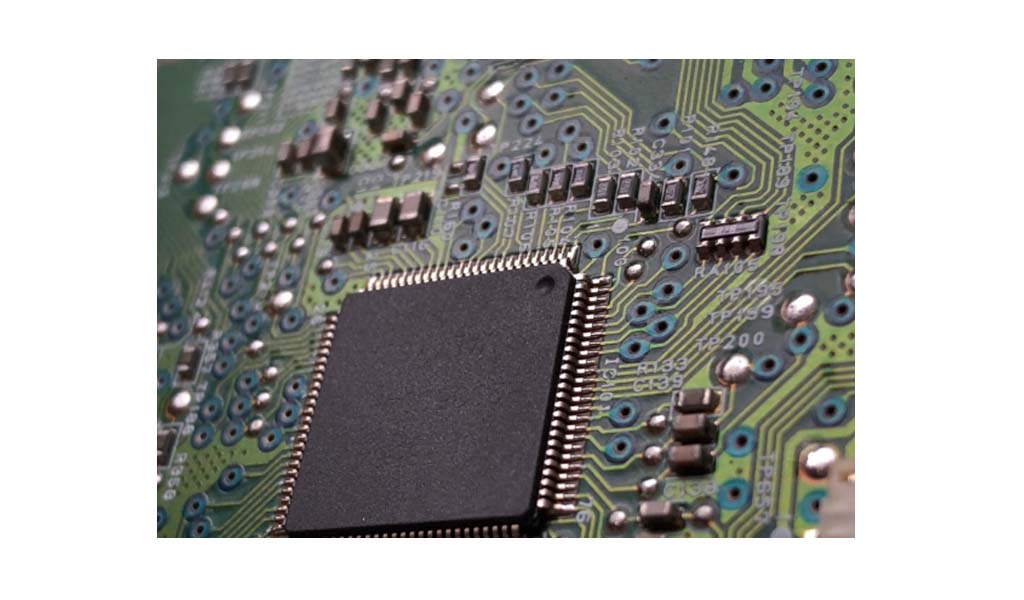Computer boards, also known as a motherboard, is the core component of a computer. A motherboard, also known as the main board, MB, baseboard, system board, or in Apple computers, the logic board, is the main printed circuit board (PCB) in general-purpose computers and other expandable systems. Unlike a backplane, a motherboard typically contains important subsystems such as a central processing unit, input/output and memory controllers for the chipset, interface connectors, and other components integrated for general use. The motherboard provides mechanical and electrical connections between the various components of a computer. These components can include the processor, memory, storage, and various peripherals such as a keyboard, mouse, and monitor. Why are computer boards important?
The computer board is the backbone of a computer because it enables all the different components to communicate and work together. It is typically made of multiple layers of conductive material, such as copper, that are laminated together to form a flat, rectangular board. These layers are etched with microscopic channels or traces that are used to carry electrical signals between the different components of the computer.
One of the main functions of a circuit board is to provide power to the various components of a computer. A circuit board typically includes one or more power connectors that connect the computer's power supply to the various components. This ensures that components receive the correct amount of power and helps prevent damage from power surges or other electrical issues.
In addition to providing power, the circuit board acts as a hub for various data connections within the computer. It includes multiple sockets and ports for connecting different components. For example, the processor is usually connected to the memory and storage through the circuit board, allowing the components to communicate and exchange data.
A quality motherboard improves the overall reliability of the computer. A high-quality motherboard provides a stable foundation for the operation of its components. A quality motherboard has proper cooling and its integrated circuit technology is in place. These factors allow it to effectively control the computer's hardware by ensuring that each element operates as expected and communicates with other components. A reliable computer can perform tasks efficiently, thereby enhancing the user experience.
A motherboard enhances the functionality of a computer. Motherboards often change the functionality of a computer. For example, they have additional features and functions, such as built-in sound and video capabilities, which enhance the computer's output. Motherboards also allow users to connect peripherals such as printers, allowing the computer to perform additional tasks such as printing documents. In addition, users can expand and upgrade factory-made motherboard parts, such as memory slots or hard drives, to enhance the computer's functionality.

There are many types of computer boards, and the specific design depends on the computer's intended use. For example, a desktop computer's circuit board is usually larger and more complex than a laptop or tablet because it needs to support more components and provide more connectivity options.
Some of the components on a computer board include:
Transistors are the most important part of an electronic circuit, and can be said to be tiny switches triggered by electrical signals. They are the basic building blocks of microchips. Working with them are more passive components such as resistors and capacitors.
Resistors apply a specific amount of resistance to the flow of electricity. They transmit the current to produce voltage.
Capacitors store electrical charge in the circuit board and release it when power is needed.
Inductors store energy in the form of magnetic fields and block interfering signals in the circuit board. Small circuits are often called "microcircuits" and they rarely use inductors.
Diodes control the flow of current so that it can only flow in one direction to avoid causing damage.
Because digital computers are so complex, as they use millions of transistors. The most advanced computer circuit board designers use computer-aided design programs, or CAD. This is the most realistic way to design computer boards.